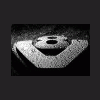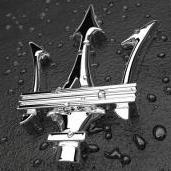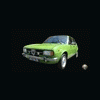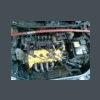FCA: CRF - Hybrid powertrain unit for motor vehicles
-
Contenuti simili
-
Subaru XV Crosstrek Hybrid 2013
Pubblicato da Touareg 2.5,
- xv crosstrek hybrid 2013
- subaru xv
- (e 5 altri in più)
- 4 risposte
- 2262 visite
-
PSA e Punch Powertrain: JV per l'ibridazione 1 2
Pubblicato da Beckervdo,
- 18 risposte
- 4590 visite
-
Honda - Ibrido e:HEV (i-MMD: intelligent Multi-Mode Drive) 1 2 3 4 6
Pubblicato da J-Gian,
- ibrido e:hev
- e:hev
- (e 12 altri in più)
- 55 risposte
- 32856 visite
-
-
-







.thumb.jpg.902d2a4f20a129e92b6f6920407b81bd.jpg)









.thumb.jpg.46228d717c405acd43b45b79fddce6a4.jpg)







.thumb.jpg.d20c5008a881490f9c7f843d442a34f8.jpg)



Messaggi Raccomandati:
Crea un account o accedi per lasciare un commento
Devi essere iscritto per commentare e visualizzare le sezioni protette!
Crea un account
Iscriviti nella nostra community. È facile!
Registra un nuovo accountAccedi
Sei già registrato? Accedi qui.
Accedi Ora